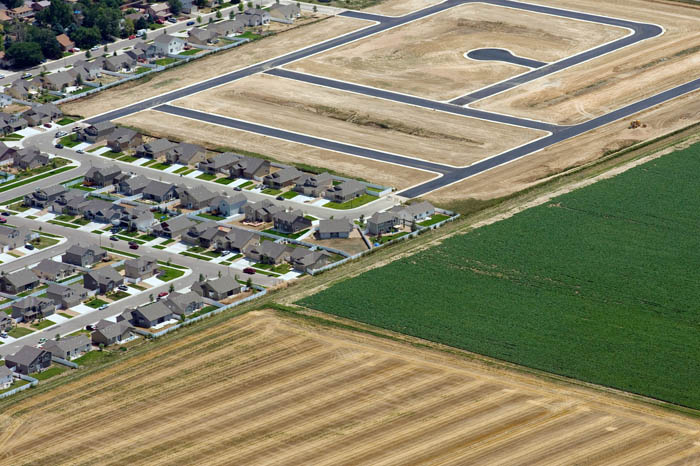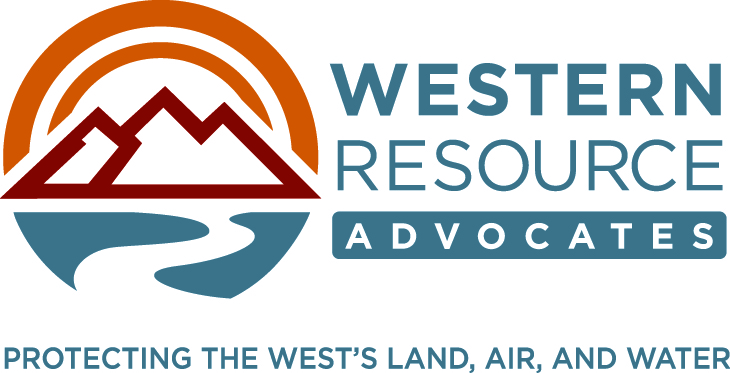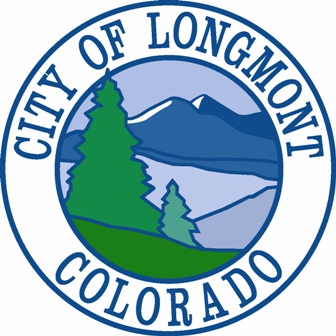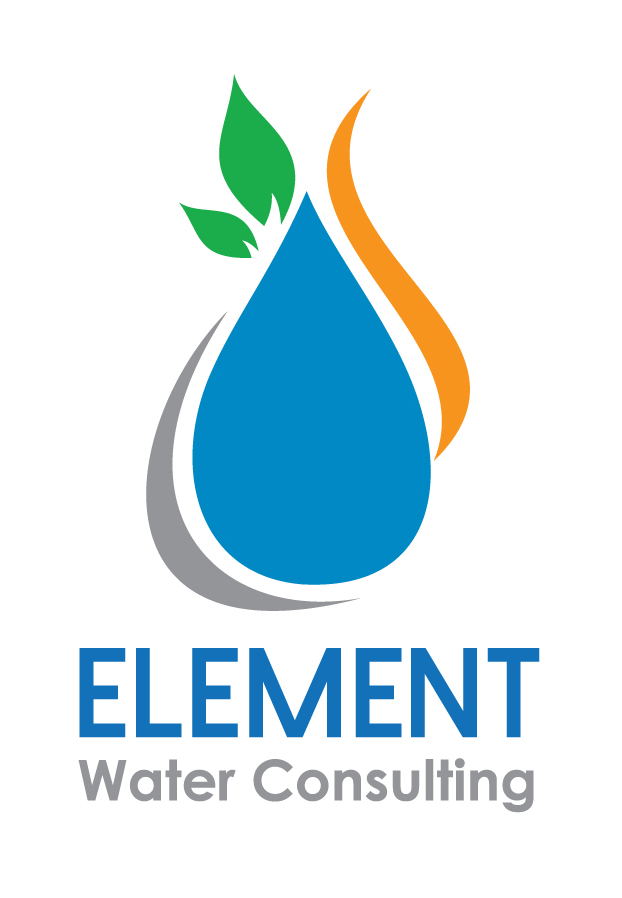By Caitlin Coleman
Agricultural water, which accounts for nearly 87 percent of Colorado’s water diversions and many of the state’s oldest water rights, is being targeted for use by other sectors. At the same time, ag lands are becoming urbanized. The 2014 draft of Colorado’s Water Plan estimates that irrigated acres statewide could decrease from 3.5 million today down to to 2.7 million due to both water transfers and growth.
Colorado’s Water Plan, set to be finalized in December 2015, emphasizes the importance of keeping water in agriculture and protecting the industry’s viability. But given Colorado’s growth projections and existing agricultural water shortages, some ask whether it is realistic to prevent dry-up and “save” agriculture everywhere it currently exists.
Even today, water for agriculture comes up short for users in all basins, with major impending threats to groundwater. At current depletion rates, the Ogallala Aquifer that supplies many rural Eastern Plains communities is expected to last less than 50 years, according to a 2002 report by McLaughlin. Likewise, the San Luis Valley’s 6,000 wells are no longer seen as sustainable, and the Statewide Water Supply Initiative 2010 estimated that as many as 80,000 irrigated acres could be dewatered to protect the water table and senior water rights holders there.
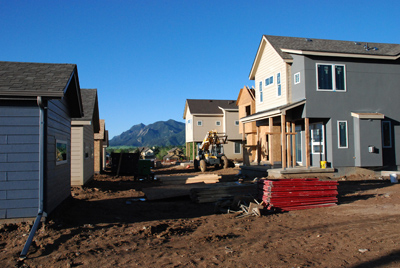
How Colorado can grow water-smart communities
By Joshua Zaffos
In 2013, elected officials, water providers, planners and other staff from the fast-growing metro Denver communities of Arvada, Aurora, Thornton, Parker and Castle Rock found themselves back in school. During a multi-day land use workshop, taught by Pace University law professors, the local leaders heard about strategies for integrating land use planning and water use, a surprisingly underexplored concept in Colorado. Among the topics covered was how a community could more proactively address water demands and supplies for different segments and end users through its master land use plan.
Consider: Under Colorado law, any town or county with more than 25,000 people must develop a comprehensive or master plan to guide its present and long-term land use. The plan is a roadmap to steer communities through growth and development, and typically includes sections that address housing, transportation, utilities, and, as mandated by state law, recreation and tourism. But water often goes unmentioned or gets short shrift.
By Caitlin Coleman
Colorado’s growing population and the resulting development has altered hydrology. A summer storm brings torrents of rain pouring over roofs and across sidewalks, flooding city streets and rushing into storm drains before stirring up streams and eroding riverbeds. Though people might be rightfully rejoicing—Colorado needed that soaking rain after all—the ability to maintain water quality is as crucial as the amount that fell.
As new concrete is poured and development is completed, natural groundcover is replaced with impervious surfaces, leading to increased stormwater runoff. According to the U.S. Environmental Protection Agency, polluted runoff from urbanized areas is a leading source of water quality impairments to lakes and rivers. Even as higher building density is touted as a way to boost water efficiency, it can be a threat to clean water—but it doesn’t have to be.
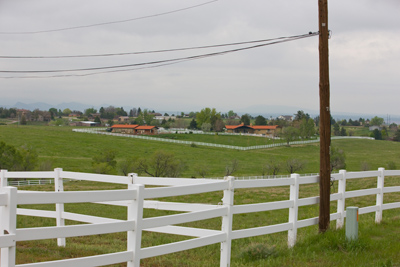 |
| The quest to find a sustainable water supply at Plum Valley Heights is nearly over. Photo: Matt Staver |
How will Colorado ensure its development boom is supplied in a way that’s both sustainable and protects end users?
By Nelson Harvey
On a bright spring morning in 2006, Jack McCormick came in from watering the horses outside his rural home in northwestern Douglas County and found his wife, Lois, perturbed. The McCormicks live on a five-acre lot 20 miles south of Denver, in a 29-home subdivision called Plum Valley Heights. They rely for water on a 700-foot-deep well that taps the Denver Basin Aquifer, a non-renewable underground reservoir whose decline in recent decades has mirrored a boom in the South Metro area’s population. On that morning, Lois was in the shower as Jack filled the horses’ stock tank, but the flow from their well wasn’t strong enough to supply both uses at once. Suddenly, Lois’ shower ran dry.
“I came in and she was pretty upset about it,” McCormick recalls. “Of course, when the horse tank was full, the shower started flowing again, but as I was filling it she lost her water!”

